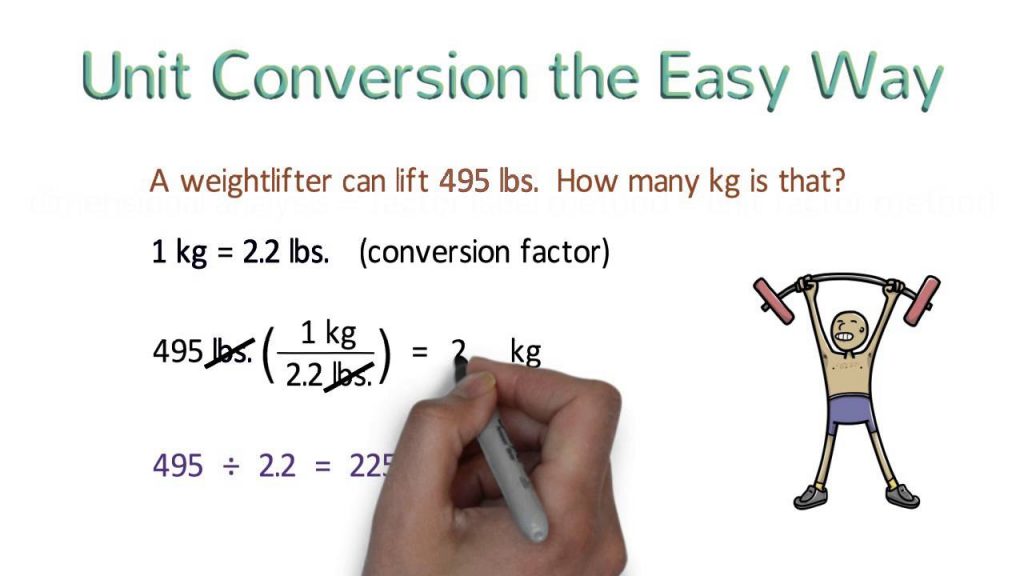How to Educate Students about Unit Measurement Conversion
Out of the many dreaded topics, Converting Measurement Units ranks high on the list.
Students are afraid of this particular topic, especially the introduction part. As a teacher or guardian who intends to introduce a student to the conversion of measurement units, there are some tips you can use to make the lesson less frightening. The good thing about most units of conversion are things that we deal with regularly. For example, changing meters into kilometers or liters to millimeters. Despite the differences in metric systems, once your students get the hang of it, things will be much simpler.
Before we dive into these tips to help educate students about converting measurement units, you should know that if you are having trouble converting measurement units. You can use the Unitchefs Online Unit Converter.
It makes the conversion process much simpler and also provides you with additional information on matters regarding unit conversion.
- Tell a Story
Unlike adults, most children are only interested in things that relate to their lives. If you start telling him/her about the conversion of measurement units, they are likely to get bored during the lesson. Therefore the best way to educate them about this topic is by telling a story as reference.
You can use measurements in real stories and also ask the students to create unique stories that involve unit measurement conversion. Doing this won’t only help students develop an interest in converting measurement units, but they will also learn a thing or two. In between the stories you could touch on various common units such as meters and liters.
- Use Their Bodies as a Ruler
Making measurement conversions a hands-on experience can help the students understand better. For instance, asking the students to measure their hands in meters and then using the same hands to measure available objects such as their desks can make things a bit simpler. Not only will they learn how many centimeters make a meter, but the conversion process will also be less intimidating. Afterward, you will notice students gaining interest and measuring everything they come across.
- Pictures Create a Lasting Memory
This is a phrase that has been used for years, and to some extent, it is very true. Pictures often create a lasting impression. Instead of reading out how to convert units of measurements, why don’t you show these pictures to the students? You could draw a diagram of a box weighing 1 kilogram and inside it draw smaller boxes of 1000 grams that will make up the 1 kilogram.
- Show Them When to Multiply or Divide
Let’s use this example, the teacher’s chair weighs 5 kilograms, and you want the students to convert that into grams. Bear in mind, that all the students know is that 1 kilogram equals 1000 grams. What next? You should teach the kids to know where to and not to divide. In this scenario, they should multiply the figure by 1000.
Converting measurement units can be a fun topic if you employ the above tactics. Alternatively, you can head to the Unitchefs Converter where you will have access to the conversion of all units of measurement.

